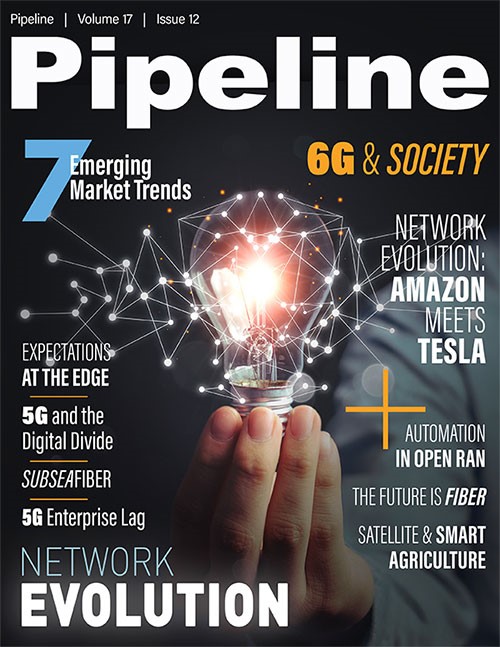The Future is Fiber

Over the last year and a half, the pandemic has highlighted the critical nature of access to fast and affordable broadband Internet service. While there was momentum to expand our country’s broadband networks to reach more Americans before the pandemic, the health crisis accelerated the urgency around connecting as many people as possible to the best possible service.
If we have learned anything from these past many months, it is that connections matter, that broadband matters, that speed and capacity are important and that two-way communications and data flow mean more than ever as we work, learn, consult with doctors, or undertake many other basic human interactions from wherever we might be. We have only started to tap the potential for what our networks can be—and what they need to be in the future.
For rural, community-based broadband providers, which currently provide broadband service to approximately one-third of the country’s land mass, providing “the best broadband” for today and years to come means investing in future-proof fiber networks that recognize the equally important nature of upstream and downstream communication. These hometown providers view fiber infrastructure as central to America’s broadband future. They believe national broadband goals, including enabling higher performance online services supporting artificial intelligence, autonomous vehicles, real-time streaming applications, smart communities, precision agriculture, 5G superiority and better access to healthcare and education will not be achieved without a strong foundation of fiber connectivity.
A rural-rural divide
We talk so much about the digital divide—and we certainly have learned a lot about this gap over the last year. One of the hard lessons is that many communities that don’t have robust broadband were sadly left behind. One of the most poignant examples of this was kids who couldn’t access remote school. While rural Americans have made large gains in access to and adoption of digital technologies over the past decade, they remain less likely than their urban or suburban counterparts to have home broadband or own a smartphone. The job of connecting everyone, no matter where they live, is far from done.
But what some might see simply as a rural-urban digital divide is in fact a divide between rural areas themselves—between those that have lightning-fast broadband speeds in their communities of 3,000, and those that perhaps are served (or not served) by larger Internet service providers that put their resources into more lucrative markets where larger returns on investments can be found. Nearly three-quarters of Americans served by the small, community-based providers in NTCA’s membership can receive speeds greater than 100 Mbps, and just under half (45 percent) have access to 1 Gbps or higher. Connections like these provide upstream and downstream capabilities that allow not just watching your favorite Netflix show but also remote learning, connecting via VPN to work or consulting with a doctor many miles away.
Technology can be a great equalizer. It delivers great benefits for economic and community development, and we can set our country on a path for success if we can continue making progress to get (and then keep) every American connected. Rural America is on the cusp of a renaissance, as thousands of workers spurred by pandemic-induced remote work requirements have chosen to leave their city apartments for more space—and a lower cost of living—in America’s smaller cities and towns. As a result, rural communities are becoming more diverse, home to many people of color, immigrants, LGBTQ individuals and people with disabilities. Access to robust digital technologies can make sure these new opportunities and renewed enthusiasm for America’s small towns will have a lasting effect on the way we live, work and play. In short, fiber has the unique ability to ensure that we as a country set the course right from the start in the face of these significant shifts in where and how we live.



















